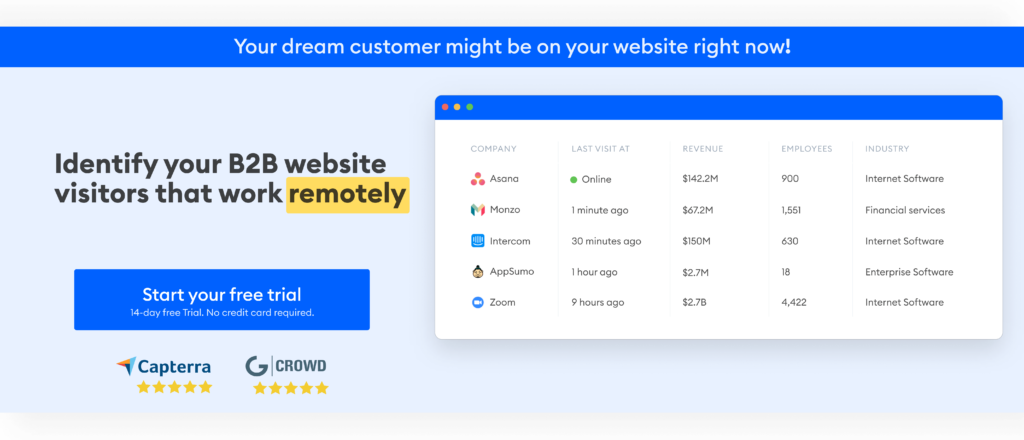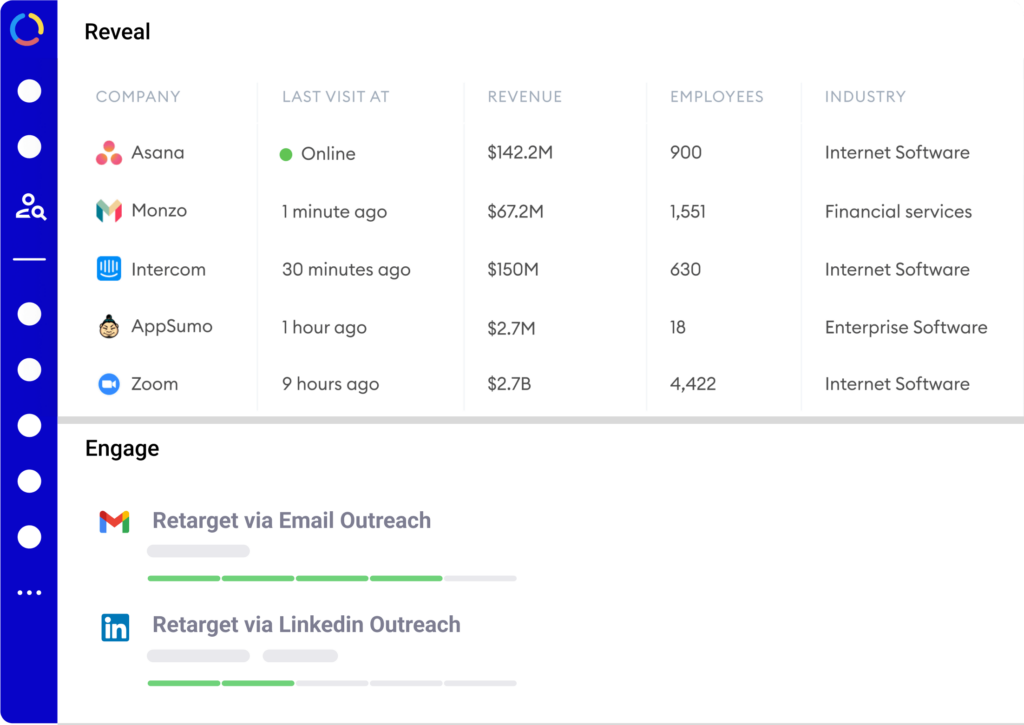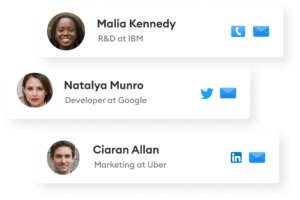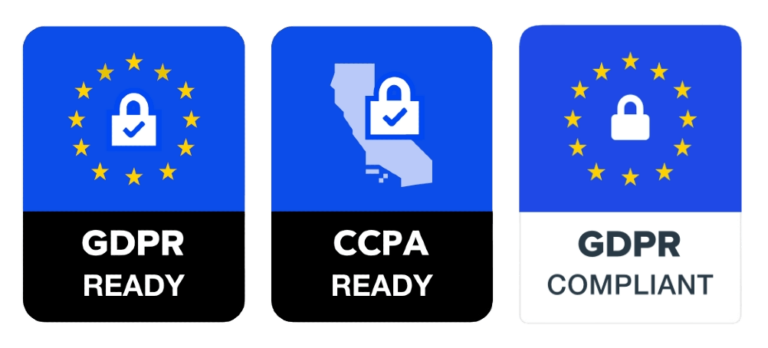B2B Sales, or business-to-business sales, describes the process of selling goods and services to another business.
Compared to selling to consumers (B2C sales), business purchases are often driven by financial incentives rather than sentimental or experiential desires.
In other words, if you are selling to a business, your goods and services should contribute to their value chain.
For example, you may be selling raw materials or equipment. You would sell these to a company who uses them to make a product.
Another company may sell marketing services to the company so they can sell more units of the product.
In either case, the company benefits more when buying goods and services from other businesses rather than sourcing these same goods and services by themselves.

What is a sales process?
Sales are the lifeblood of every organization. Without sales, well, eventually your company would cease to exist.
To make selling easier, a business may develop procedures to systemise the selling process. The sales process allows your sales team to stay on target when driving potential customers towards being paying customers.
Whether you have one member on your sales team or one hundred members, a clear sales process can help you say the right words to the right customers on the right channels, allowing you to generate more revenue.
Further more, a sales process can vary in specifics between organisations based on factors such as your marketing strategy, the size of your sales team, market size, and the systems you use. However, the following steps are applicable to all sales processes:
Steps of the B2B Sales Process:
1. Prospecting
Before you start any sales, you need to identify who you’re selling to. When you’ve identified who you’re selling to, the important question to ask yourself is “what kind of companies would benefit the most from our goods and services?”
Once you’ve recognized these companies, the next step is to find out who the decision makers are and connect with them.
2. Lead Generation
Now you’ve identified your target audience, it’s time to identify contacts who fit within your target audience. These contacts, or leads, are the decision makers who are the most likely going to buy from you.
Leads can be generated in many different ways along three themes:
- Prospecting tools: Some prospecting tools can generate emails, phone numbers, and LinkedIn profiles.
- Marketing: You may use marketing and lead generation tactics to reach a wide variety of people in a short amount of time.
- Referrals: Your existing customers may refer you to others who need your product or service.
Once leads are generated, the next step is to get in touch with them to a) make them know you exist and b) communicate how your goods and services can benefit their company.
Note: For both prospecting and lead generation, you can use HappierLeads to identify inbound leads as they visit your website. Start your free 14-day trial

3 and 4. Discovery and Qualification
Once you have leads, the next step is to assess whether you are a good fit for each other. This step involves conducting background research on your prospects. Before moving on to the next step, you should have an idea on their activities, customers, challenges, and current solutions.
Some of this information may be available on their company website or social media pages, but sometimes you may need to find this information directly from your clients through a discovery call. Remember: the goal here is to gather key information to determine if your leads are a good match for your product or service.
Having a list of questions on hand can be very useful to have a complete overview of your prospects. These questions can also be used to guide the conversation. When qualifying prospects, remember to ask open ended questions. They should do most of the talking.
5. Pitch
Next it’s time to pitch your product or service. Consider your prospect’s current state and where they want to be. Position your company, product, or service as the means which your prospect can reach their goals, in a better way than their current situation.
For example: You mass manufacture a variety of customized merchandise for businesses. If their current solution is to work with 4 different suppliers, you may save them effort, logistic struggles, shipping costs, time, and money.
In your pitch, make sure to constantly provide value.
6. Handling Objections
Sometimes, prospects may be reluctant to move forward with the transaction. They may start wondering about the pricing, the timing, the benefit of the product or service, and so on.
Objections are normal in the sales process. Prospects may be interested but they may have some underlying concerns which haven’t been addressed.
As a salesperson, it’s important to keep calm and not take the objections at face value. By understanding the intention underlying the objection, you can help your prospects overcome their concerns.
When answering their questions, remember to provide answers that reinforce the value you can bring to them. One way to do this is to use testimonials and case studies from similar customers.
Some prospects may back out at this point. When this happens, remember there are still many prospects out there. The prospects who back out now may come back later when the timing is right for them.
For the clients who are ready to buy, now it’s time to close the deal.
7. Closing
If you’re ready to close a deal, congratulations! This is an exciting moment for both you and your new customer.
Customers should be aware of their next steps including payment options, necessary paperwork, onboarding, and timelines (if applicable).
8. Follow up and Repeat
Each customer has a life time value – the amount that they will purchase from you over the course of your business relationship. Repeat business is more profitable than constantly acquiring new customers since you have already established trust.
Existing customers may choose to buy other products and services from you as well as they see fit. By keeping them engaged and informed, you establish a strong working relationship.
Your best customers are also a great source of testimonials, case studies, and referrals which make it easier to acquire new, similar, customers.












 This website uses cookies.
This website uses cookies.